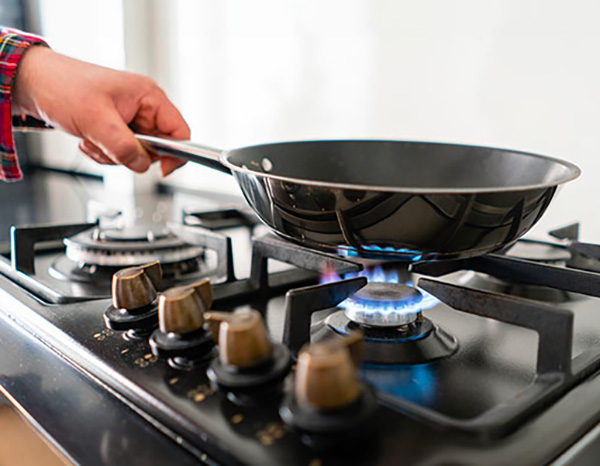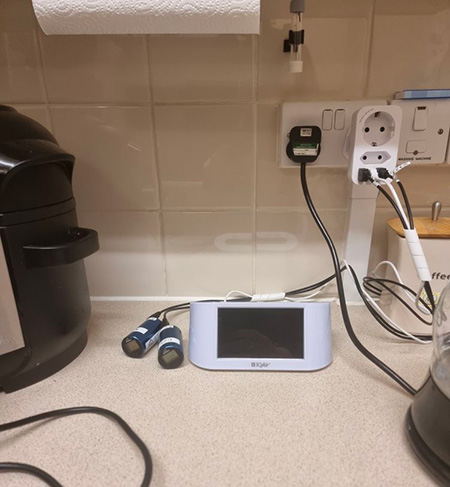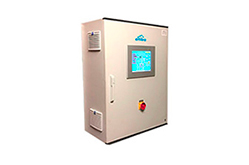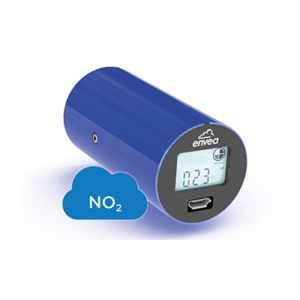
Following recent studies made in the United States on health and environmental impact of gas cooking on indoor air quality, CLASP was funded by the European Climate Foundation to determine how gas cooking impacts European households, gathering evidence to raise awareness of air quality risks and to inform policy change in Europe. They partnered with the Netherlands Organisation for Applied Scientific Research (TNO) on this project.
Field Text Phase

Key findings of the Field Study
- Extrapolating to a year, 25% of the households cooking on gas exceeded the WHO 1-h guideline value for NO2. While none of the households cooking on electrical hobs did
- Over 57% of gas cooking households exceeded the WHO daily limit for NO2. Added together, the WHO daily limit was breached for 3.25 days over the 13-day testing period, on average. Nearly 16% of electric-cooking homes exceeded the WHO’s daily limits, but these homes were often in areas with higher outdoor air pollution.
Download TNO report on the field study.
Interview with Piet Jacobs, senior researcher at TNO.
Why were ENVEA CO & NO2 micro-sensors chosen?
“The field tests were meant to help us answer a few questions. Indeed, we wanted to check if there were significant differences in NO2, CO and PM2.5 concentrations between household cooking on gas or electric. And check the potential exceedance of World Health Organization (WHO)/EU guidelines and limit values for NO2, CO and PM2.5.
In order to answer the former question, we decided to use passive gas tubes placed in several locations (in the kitchen, living-room, bedroom and outside). However, since these can only provide a 2-week average gas concentration, they would not help us answer the latter question and gather data to compare with daily and hourly standard values set by WHO. That’s why the ENVEA Cairsens micro-sensors were a good fit for us to use since they provide a high time resolution (1 minute). Their compact design was also a positive factor so the households could use them easily in their daily kitchen routine.”
Can you give us a quick feedback on the tests?
After each round of measurement we calibrated the sensors in our lab using real-condition gas hob and we noted the CO measurements showed some discrepancies with the CO calibration slope. Turns out, we tested alcohol-based products such as cleaning tissues, cleaning gel, red wine etc. and saw clear peaks at the times these were used when measuring CO emitted by the gas hob. Everyone was surprised by the amount of alcohol involved in the cooking process leading to disruptions in the CO measurement. The cross sensitivity of the sensors to alcohol or Volatile Organic Compounds (VOC) emitted in a kitchen while cooking appears to be pretty high, therefore making the CO measurement not quite adapted for this kind of study.”
To your knowledge, will there be any further studies on the topic?
“The interest on gas cooking emissions is a topic that is growing in many countries. In any case, following up the survey, I was contacted by researchers from 2 universities in Spain (Castellón de la Plana de la Plana) and USA (Berkley) to use the Cairsens micro-sensors for their projects.”
Contenuto relativo
Richiesta di informazioni


